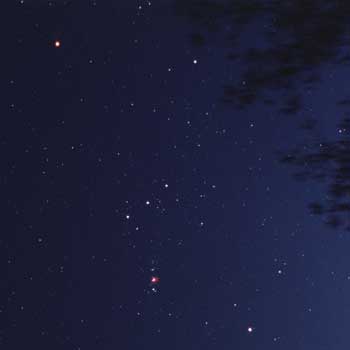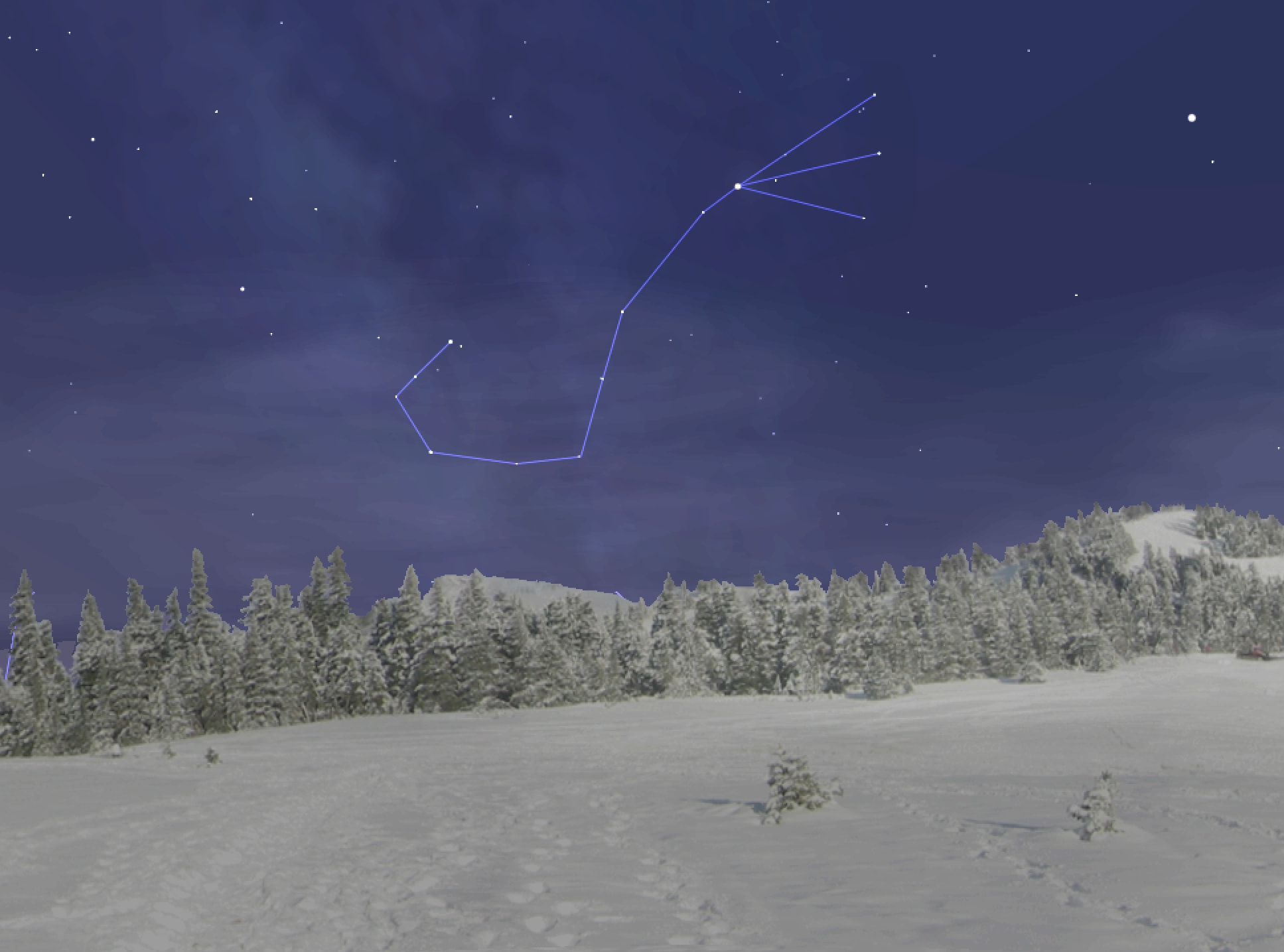
How do you find the constellations? - ARCHIVED
Activity: Find the Constellations!
Each student should receive his or her own printed copy of the Planetarium Guide , and will work at his or her own computer (or with a partner).
Using the website http://neave.com/planetarium, they'll see how the constellations change over the seasons, and will make flashcards for certain constellations.
Extend this lesson
Below are ideas for extending this topic beyond the activity which you just completed.
- Written Response Questions
- Reading: "Int'l Dark Reserves"
- Activity Extension: Have students work in pairs, using their flashcards to quiz each other on the constellations.
- Discussion: The Constellations in Other Cultures
- Project: Adopt a Constellation
Written Response Questions (Part 1 of 3)
1) What's one constellation that will be out on the evening of your birthday? Hint: Think about what season your birthday happens.
Reveal answer
Answers will vary. Example: My birthday is August 4, in the summertime, so Scorpius is out in the evening.
Written Response Questions (Part 2 of 3)
2) What's wrong here?

Reveal answer
This is showing the constellation Scorpius in wintertime. But Scorpius is a summer constellation! (The image was faked using a computer.)
Written Response Questions (Part 3 of 3)
3) Challenge: What do you notice that's unusual about this? Where on the Earth do you think this picture might have been taken? (Hint: Which constellation is it?)

Reveal answer
This shows the constellation Orion, but he's upside-down! In fact this is how Orion appears if you live in a place like Antarctica, in the southern half of the Earth. Think about why...
Discussion: The Constellations in Other Cultures
Explore how different cultures viewed the constellations. You can find Native American myths on the Native Languages of the Americas website.) A NASA website (here is an alternate link) provides four stories from different cultures and the star groups that inspired them. A list of books that tell a variety of myths is here.
Project: Adopt a Constellation
Have each student adopt a constellation and write about it. You can use the “Adopt a Constellation” worksheet created by the Utah Education Network. Details about each constellation—its stars and the myths associated with it—can be found here. You can search constellations alphabetically or by season.


